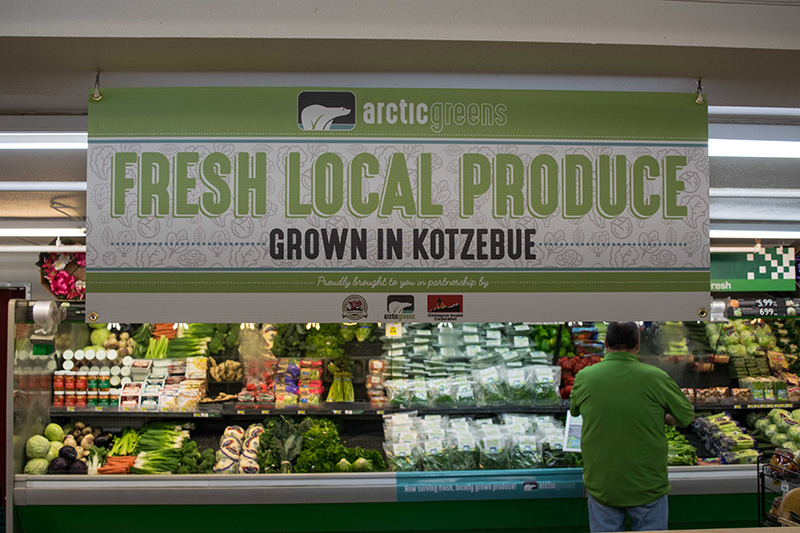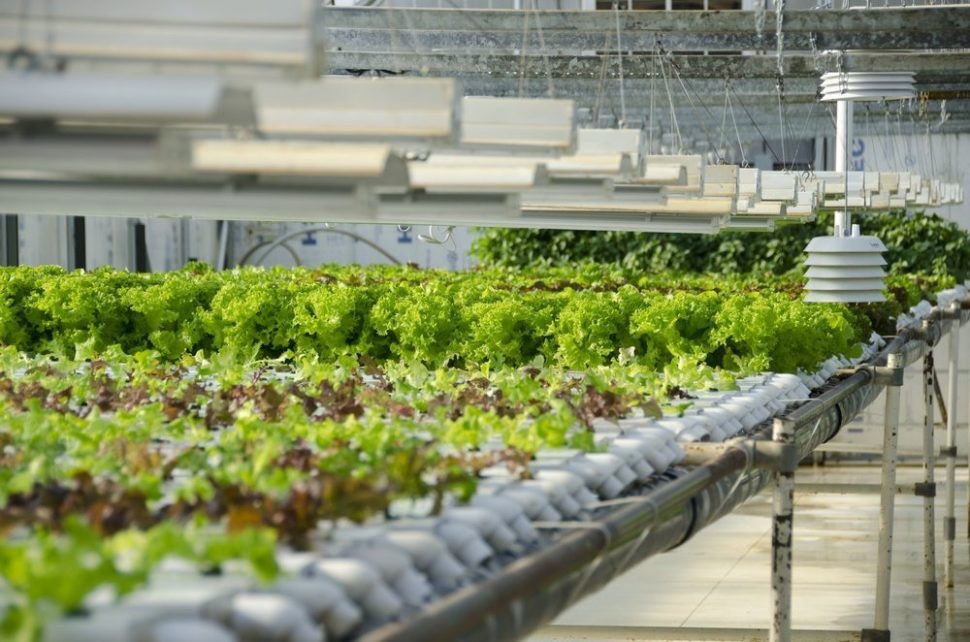Freshly grown produce is reaching grocery store shelves in Alaska’s Arctic Circle, and that’s not normal. An extremely short growing season makes growing anything difficult. A local, Native corporation is growing produce hydroponically in shipping containers, allowing them to offer new kinds of produce even in the dead of winter.
A Fresh new Alternative for Arctic Produce
Arctic conditions are historically bad for farming communities, yet humans have been able to thrive in frozen places by subsisting on alternative methods of getting food. This is even true in the modern day, as access to produce requires significant transportation and energy investment. Native Kikiktagruk Inupiat Corp. is aiming to change those dynamics. By collaborating with Vertical Harvest Hydroponics, they are combining existing technologies to create arctic farming by way of hydroponic growing systems.
Native Kikiktagruk Inupiat Corp. is aiming to change those dynamics. By collaborating with Vertical Harvest Hydroponics, they are combining existing technologies to create arctic farming by way of hydroponic growing systems.Click To TweetTheir method uses an insulated shipping container equipped with magenta LED grow lights. This requires no soil, and so far the practice has produced enough produce to stock supermarkets for a community of around 3,300 people called the Kotzebue.
Kotzebue markets are only the beginning. The company plans to make partnerships that will provide other rural communities with their own hydroponic growing containers. This could be a godsend to places that are far separated from Alaska’s road system. Here, produce doesn’t always arrive fresh.
The local produce has gathered positive reviews, but getting it in the hands of consumers is no easy process.

Can Arctic Farming Find a way to Flourish?
One problem facing the new method is cost. Simply put, the starting costs in Kotzebue were in the neighborhood of $200,000 USD. The continued operation of the farm requires a lot of energy typically provided by diesel power. On top of that, farming is new to the Native communities. Education and development will require significant investment.
Because of these issues, state officials have been optimistic yet critical of the operation. According to Johanna Herron, who is the Alaska State Market Access and Food Safety manager, “It’s not the only solution. Hydroponics is just a piece of it, but certainly an excellent thing for communities to look into.”
With new efforts like those of the Kotzebue, Alaskan citizens should be inspired to continue providing their own leafy greens.






Investment is one of the best ways to achieve financial freedom. For a beginner there are so many challenges you face. It’s hard to know how to get started. Trading on the Cryptocurrency market has really been a life changer for me. I almost gave up on crypto at some point not until saw a recommendation on Elon musk successfully success story and I got a proficient trader/broker Mr Bernie Doran , he gave me all the information required to succeed in trading. I made more profit than I could ever imagine. I’m not here to converse much but to share my testimony; I have made total returns of $10,500.00 from an investment of just $1000.00 within 1 week. Thanks to Mr Bernie I’m really grateful,I have been able to make a great returns trading with his signals and strategies .I urge anyone interested in INVESTMENT to take bold step in investing in the Cryptocurrency Market, he can also help you RECOVER your lost/stolen Cryptocurrencies. you can reach him on WhatsApp : + 1 (424) 285 – 0682 or his Gmail : BERNIEDORANSIGNALS @ GMAIL . COM bitcoin is taking over the world, tell him I referred you
I invested 165k to an online brokerage company, which I got stuck having challenges of making withdrawal of my investment profit , all access to withdraw was denied until I got to know about a recovery specialist called Gavin ray I sent him all he needed to place a Recovery of my withheld funds and I got a call by the bank confirming the payment on my bank, kindly get in touch with Gavin on mail: gavinray78 @ gmail . com or WhatsApp +1 (352) 32 2‑2 0 96, if your investment funds is been withhold online